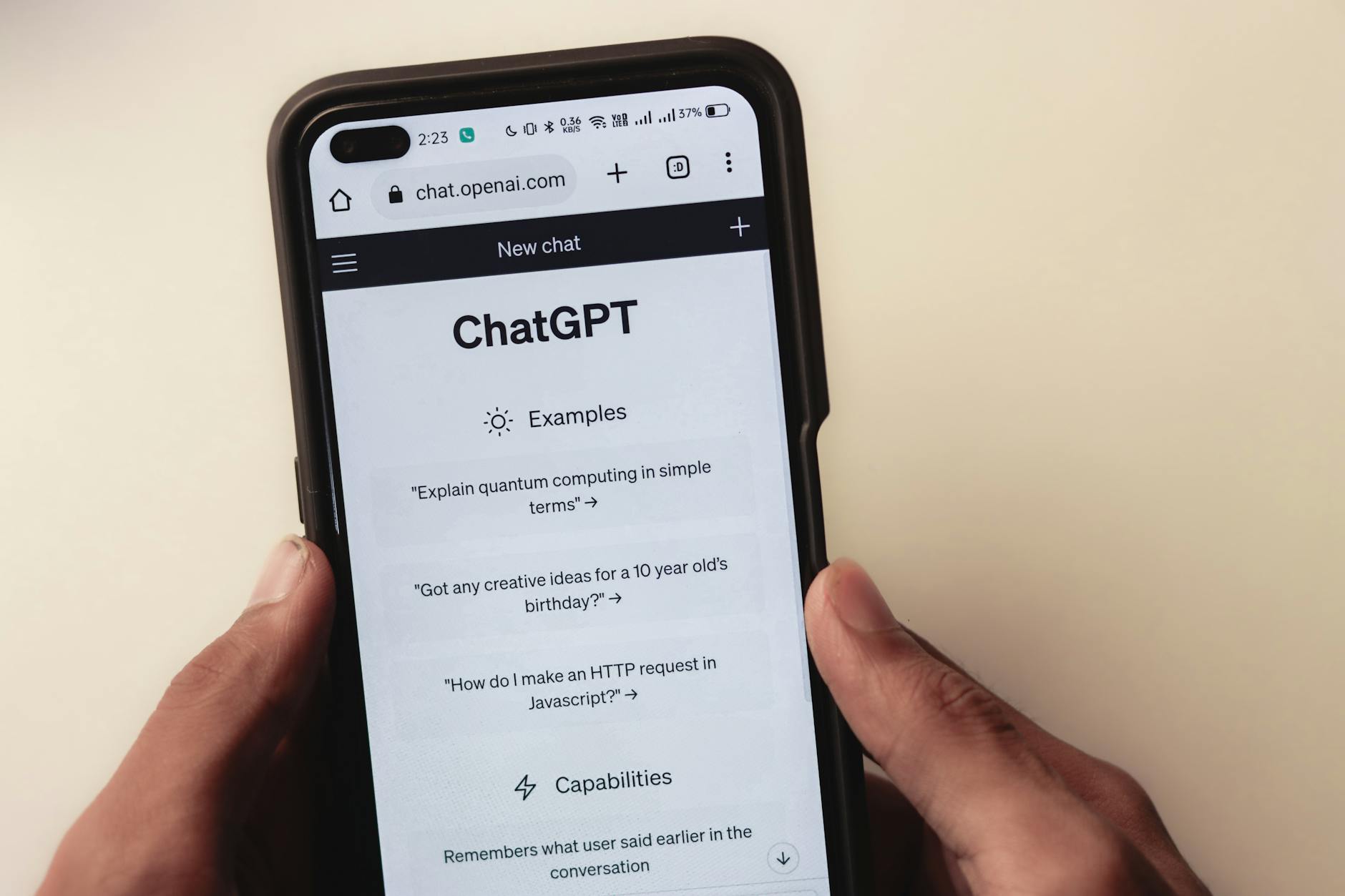The Emperor’s New LLM? Sifting Hype from Reality in MiniMax-M2’s Open-Source Ascent

Introduction: Another day, another “king” crowned in the frenzied world of open-source LLMs. This time, MiniMax-M2 is hailed for its agentic prowess and enterprise-friendly license. But before we bow down to the new monarch, it’s worth examining whether this reign will be one of genuine innovation or merely fleeting hype in a ceaselessly competitive landscape.
Key Points
- MiniMax-M2’s reported benchmark performance, particularly in agentic tool-calling, genuinely challenges established proprietary and open models, indicating a significant leap in specific capabilities.
- Its Mixture-of-Experts (MoE) architecture promises a more cost-efficient pathway for enterprises to deploy advanced AI, potentially democratizing access to frontier-level intelligence.
- The heavy reliance on a single third-party evaluator and MiniMax’s own reported results, coupled with the inherent complexities of “open source” from a foreign startup for global enterprise adoption, warrants a healthy dose of skepticism.
In-Depth Analysis
The announcement of MiniMax-M2 as the “new king” of open-source LLMs, especially for agentic tool calling, is certainly designed to turn heads. The reported scores from Artificial Analysis and MiniMax’s own evaluations are undeniably impressive, placing M2 at or near the performance of top-tier proprietary models like GPT-5 and Claude Sonnet 4.5 across critical benchmarks such as τ²-Bench, SWE-Bench, and BrowseComp. This isn’t just a minor improvement; it suggests a significant closing of the gap between freely available models and those from well-resourced giants.
What truly piques interest for enterprises is the underlying technical architecture. The sparse Mixture-of-Experts (MoE) design, with 230 billion total parameters but only 10 billion active per inference, is a genuine game-changer for practical deployment. This configuration directly addresses one of the biggest bottlenecks for advanced LLMs: the exorbitant computational and energy costs. The ability to achieve “near-state-of-the-art results” on as few as four NVIDIA H100 GPUs at FP8 precision dramatically lowers the barrier to entry for mid-size organizations or departmental AI clusters, making frontier AI more economically viable.
The focus on agentic capabilities — the model’s ability to plan, execute, and use external tools with minimal human guidance — taps directly into a rapidly growing enterprise need. Automation of complex workflows, from coding assistance and multi-file edits to web search and API orchestration, is where AI promises the most tangible ROI. MiniMax-M2’s “interleaved thinking” format, with its visible reasoning traces, further bolsters this by offering greater transparency and debuggability in agentic planning, a crucial feature for reliability in production environments. The MIT License offers theoretical freedom for deployment, modification, and commercial use, potentially reducing vendor lock-in and fostering innovation. This combination of high performance, efficient architecture, and agentic focus positions M2 as a formidable contender for enterprises looking to build sophisticated, self-sufficient AI systems without the full burden of proprietary licensing or massive infrastructure investments.
Contrasting Viewpoint
While the technical specifications and benchmark results are undoubtedly eye-catching, a seasoned observer can’t help but raise a skeptical eyebrow. Firstly, the heavy reliance on “independent evaluations by Artificial Analysis” and “MiniMax’s own reported results” demands scrutiny. Who exactly is Artificial Analysis, and how transparent is their methodology? Are the benchmarks themselves truly representative of the multifaceted and often messy real-world enterprise challenges, or are they, by their very nature, somewhat optimized for specific model architectures? History is replete with examples of models excelling on specific benchmarks but stumbling in generalist applications.
Furthermore, the allure of an “open-source king” with an MIT license needs a reality check. While technically permissive, the practicalities of deploying, maintaining, securing, and fine-tuning a complex 230-billion parameter model from a Chinese startup for critical global enterprise operations introduce significant hurdles. Data sovereignty, geopolitical sensitivities, and the long-term support commitment for a model not backed by a deeply entrenched open-source community like Meta’s Llama family are legitimate concerns. Enterprises often prioritize stability, audited security, and a robust support ecosystem over raw benchmark scores. The API pricing, while competitive, also underlines that the “open source” designation doesn’t equate to a free lunch; the true cost of ownership, including engineering talent for integration and customization, could easily outweigh initial licensing savings.
Future Outlook
The realistic 1-2 year outlook for MiniMax-M2 is a fascinating test of the open-source LLM paradigm. If its performance claims hold up in diverse real-world enterprise deployments, it has the potential to solidify its position as a leading contender in the open-weight category, especially for agentic workflows. Its efficient MoE architecture could indeed accelerate the adoption of advanced AI in organizations previously constrained by infrastructure costs.
However, the biggest hurdles are significant. MiniMax must rapidly build trust within the global enterprise community, demonstrating consistent long-term support, transparent security practices, and a clear roadmap for future iterations. It needs to attract a substantial developer and research community to truly leverage the “open source” promise beyond mere permissive licensing, fostering collective improvement and validation. Furthermore, it will need to fend off continuous innovation from not just proprietary giants like OpenAI and Google, but also rapidly evolving open alternatives. The challenge for agentic systems to move from impressive benchmark scores to robust, error-recovering, and truly autonomous operation in complex enterprise environments remains immense, irrespective of the underlying model.
For more context, see our deep dive on [[The True Cost and Complexity of Deploying Open-Source LLMs in the Enterprise]].
Further Reading
Original Source: MiniMax-M2 is the new king of open source LLMs (especially for agentic tool calling) (VentureBeat AI)